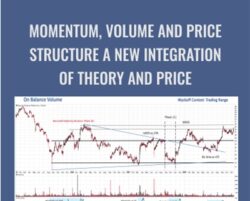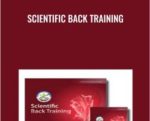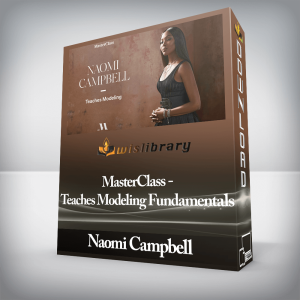Vol 1:This Course begins with a very specific and comprehensive anatomy review that is vital to understanding correct training and rehabilitation for the back. You will learn all about:The significance of Intra-abdominal pressureWhy abdominal muscles are a vital part of the back musculatureThe hydraulic amplifier mechanismErectors versus the abdominal muscles as rotators and stabilizersWhy the spino-scapular muscles are back musclesOptimal/dysfunctional shoulder girdle position and thoracic curvatureGleno-humeral & spino-scapular force couples In summary: This video has a massive amount of information on functional anatomy, movement mechanics and the involvement of the abdominal muscles in training and rehabilitating the backVol Two:You will learn about:The upper cross syndrome (continued from the previous tape)Force-couple relationships>Preventing faulty movement patterns and how they are developedBent over rows this is a practical analysis and demonstration for you to follow and understand the practical part of this seriesThe hip extensor mechanismLumbar lifting postureUnderstanding lumbo-pelvic rhythmAssessing lumbo-pelvic rhythm practicalThe issues associated with lifting postures and how there is a huge misunderstanding in this area. If you teach any form of lifting this is a very important topic.Vol 3:You will learn:Range of Motion assessment proceduresHow the functional relationship between tonic and phasic muscles is involved in muscular imbalance and injury/ dysfunction.Posture curves and exercise selection. Paul Chek covers this in detail, debunking some of the myths along the way.Upper and lower cross syndromesSway back postureDetermining pelvic tilt and lumbar lordosisWall standing lordosis testScoliosisImportance of correct neuromuscular motor programmingFacts about motor learningVol 4:You will see the following demonstrated:Prone cobra plus variationsAlternating supermanKneeling trunk extensionKneeling trunk flexionHannas three-part part side flexionHorse stance exercises plus its many variationsProgressions of these exercises are also covered, as this is an important issue.Squatology. You will also learn the dynamics of squatting so as to get the most from your client and to ensure their safety. This is a very comprehensive topic that is an absolute must if you have your clients performing squats. How exercise movements and techniques are often different to functional movements BUT that both are needed to be understood, learned and mastered for differing circumstances to ensure safety and efficiency of movement.Vol 5:The following exercises are discussed and demonstrated:Leg pressBack extension in a great amount that will surprise you.Postural strength and conditioning tests are also included here as well as turning it into exercises on the back extension bench and on the mediBall.A wheel barrow exercise using the mediBall, its fun and hard.The low pull/seated row exerciseThe Total GymCables rows with many variationsBent over rowsDeadliftsThe pull overA Latissimus Dorsi length test and stretchLat pull downs and a lot of the problems associated with themReverse wood chop pattern (standing, kneeling, seated)Stick training plus many moreThe Scientific Back Training Correspondence Course is a must if you are involved in training or rehabilitation. With this Course you have access to some of the best information available, presented in such a manner that makes the learning process both productive and enjoyable.Get Scientific Back Training – Paul Chek, Only Price $39Tag: Scientific Back Training – Paul Chek Review. Scientific Back Training – Paul Chek download. Scientific Back Training – Paul Chek discount.back training at home, back training gym, back training with dumbbells , back training program, back training dumbbell.






